The Starch Solution [1], written by John McDougall, MD, is a low-fat plant-based diet that focuses on eating potatoes, whole grain products, beans, vegetables, and fruit. The emphasis is on whole foods, no animal products, with no oil, no processed foods, and limited sugars. The goal of the Starch Solution is for optimal health, and many people follow it for weight loss. But what if you're not losing weight?
If you're happy with your weight, and not in a hurry to lose, or don't live with a chronic illness, Dr. McDougall says to just stick to the basic Starch Solution diet. But if you're following the Starch Solution and aren't losing weight, are gaining weight, or have hit a weight-loss plateau, in his book on pages 192 and 216, Dr. McDougall shares tips to achieve maximum weight loss. Note: these tips are only meant to be followed until you reach your weight-loss goal.

Eat Whole Food Starches
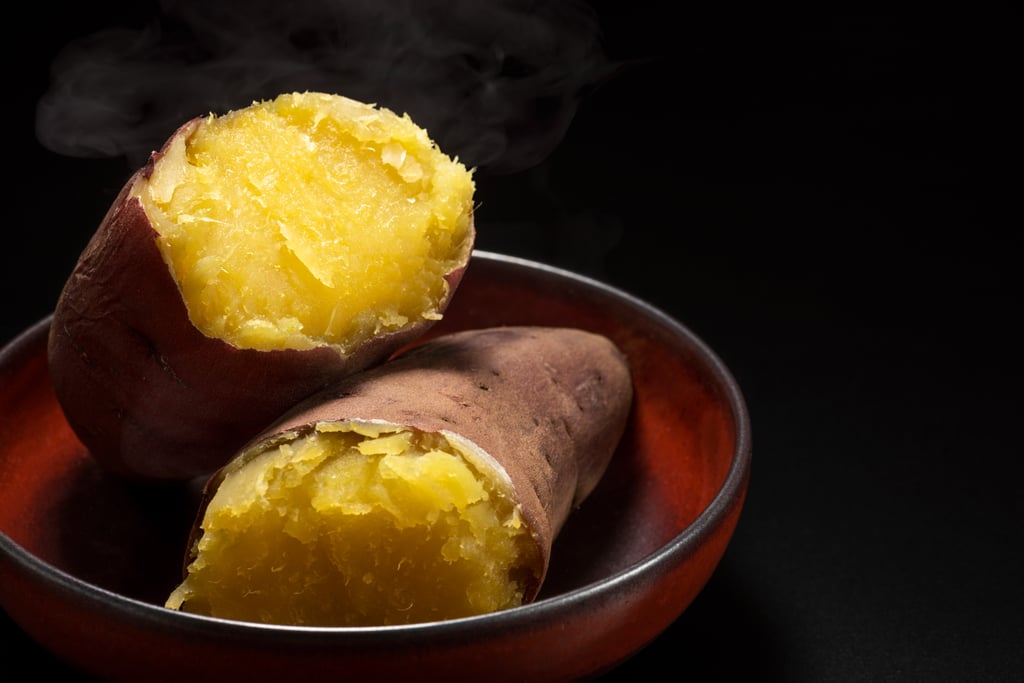
The Starch Solution is a starch-based diet, which means you should eat whole food starches like brown rice, oatmeal, potatoes, beans, and fruit — not highly-processed, high-fat starches like cookies, cakes, french fries, and potato chips.
It's a common misconception that eating starchy foods will cause weight gain, registered dietitian Robyn Engman [3] told POPSUGAR. "The starchy foods themselves do not cause weight gain. Whole foods like these are unprocessed, full of water, and high in fibre, so they actually keep you feeling satiated much longer," she explained.
Remember that "carbs are the number one energy source our body uses. Approximately half of our calories should be coming from carbs," said registered dietitian Carlie Saint-Laurent Beaucejour [4], MS, LDN, known as @mindfuleatingdietitian [5] on Instagram.
Eat Lots of Non-Starchy Veggies
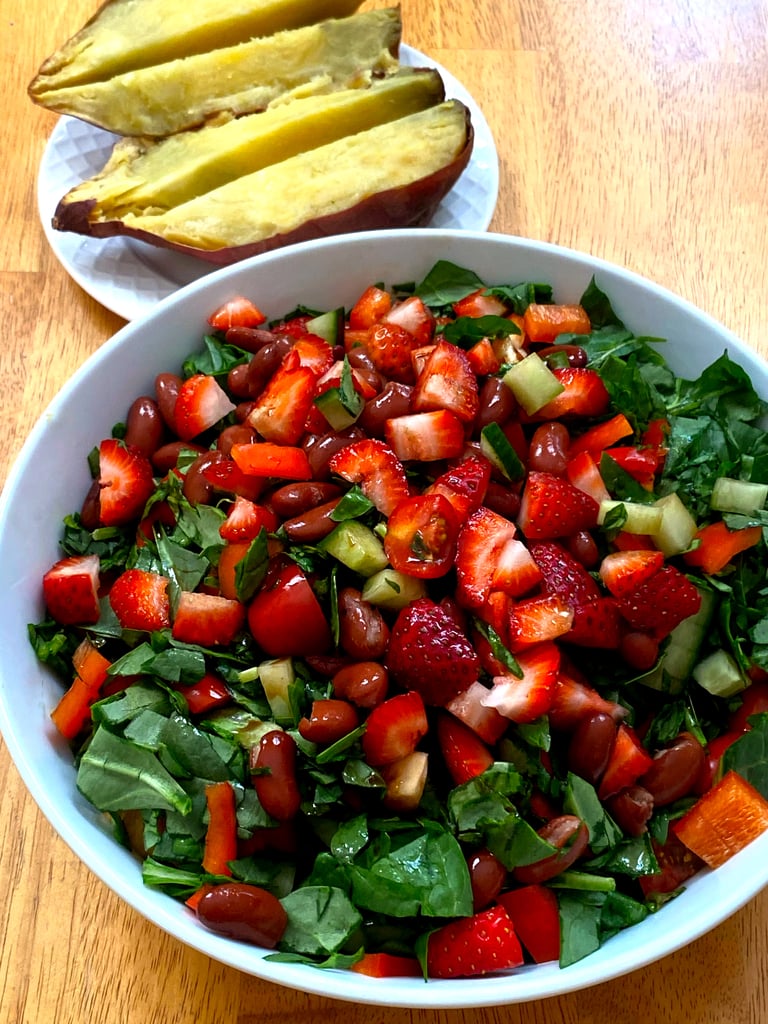
Along with your starches like potatoes and whole grains, Dr. McDougall recommends increasing the amount of non-starchy veggies you're eating. This includes cooked and raw greens, carrots, cabbage, broccoli, cauliflower, yellow squash, courgette, peppers, celery, cucumbers, mushrooms, and tomatoes. These have a low-calorie density and are packed with fibre and water, which means eating them will fill you up for not a lot of calories.
Note that Dr. McDougall says you shouldn't only eat non-starchy veggies because you need starches to feel satiated. This is a starch-based diet, after all! Eating only raw salads and steamed broccoli will leave you hungry and feeling deprived, and you'll end up falling off the plan completely.
Eat a 50/50 Plate Method
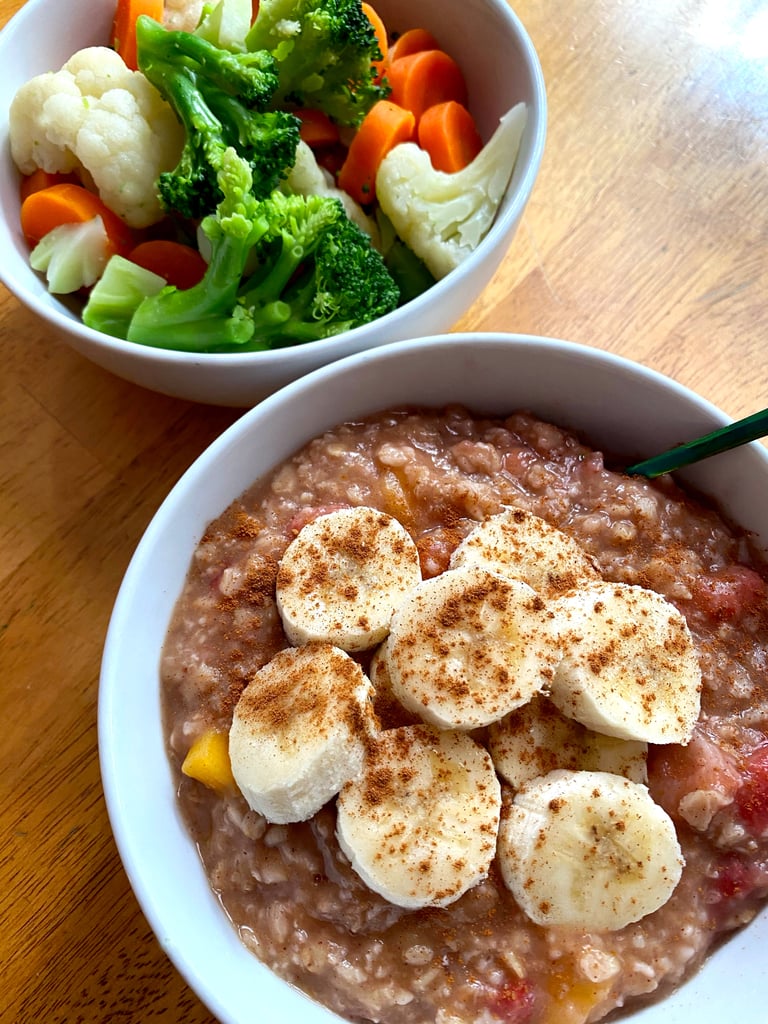
Dr. McDougall recommends filling half your plate with non-starchy veggies and half with starches, which he calls the 50/50 plate method [6]. So yes, even for breakfast, eat a bowl of steamed veggies with your oatmeal. If you're still hungry and want seconds, serve yourself the same proportions, half of each.
Of course you don't have to eat them separately as pictured! Have quinoa and chickpeas mixed into your salad, a veggie soup made with potatoes, lentils, carrots, onions, and tomato, or a baked potato loaded with roasted cauliflower and bell peppers.
Avoid Products Made From Whole Grains
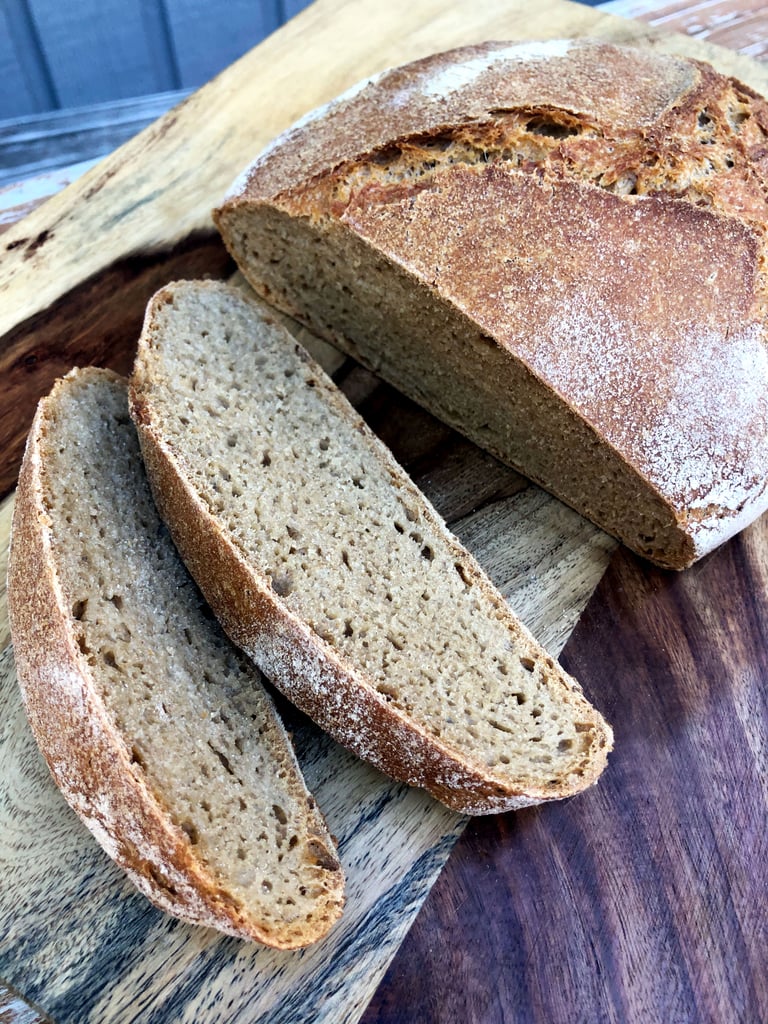
While the Starch Solution allows for products made from whole grains such as bread, pasta, cereals, pancakes, and healthy treats like muffins and tortillas, if you're not losing weight, Dr. McDougall suggests cutting these out and eating only whole grains instead such as brown rice, barley, oats, and quinoa.
Eating whole grains keeps the fibre intact and takes longer to digest than the flour made from whole grains. Saint-Laurent Beaucejour explained that it's more nutritious and satiating to get our carbs from whole foods.
Avoid Plant-Based Fats
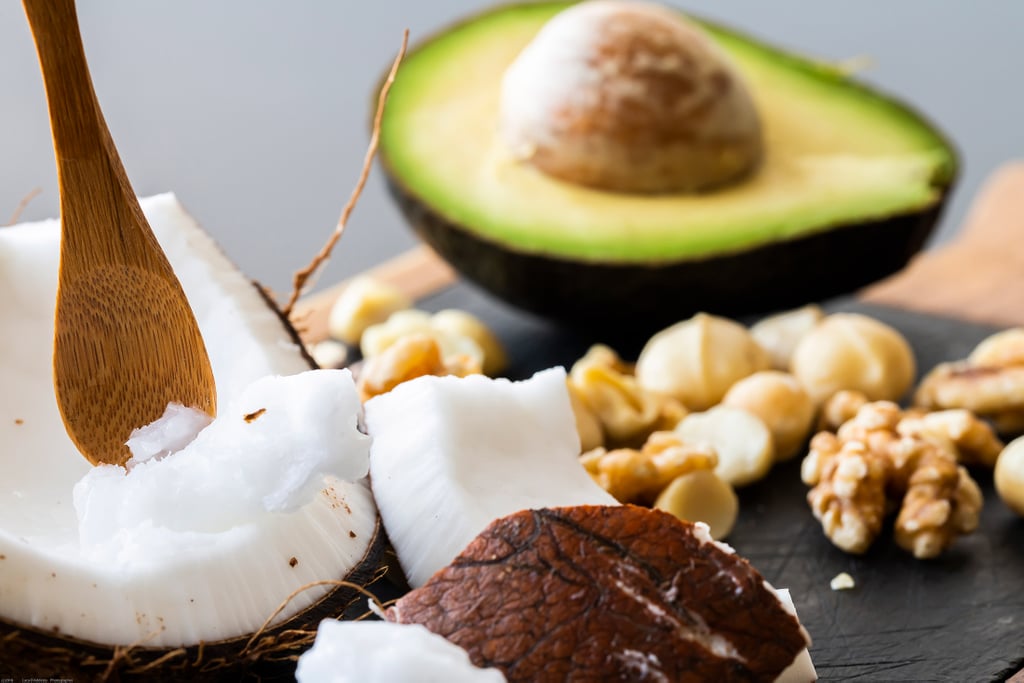
Dr. McDougall says that if you're having a hard time losing weight following the regular Starch Solution, which allows for a limited amount of healthy plant-based fats, that you should avoid them. You've already eliminated animal fats and oil, so this refers to healthy fats such as nuts and nut butters, seeds and seed butters like tahini, avocado, coconut, and soy products (they're surprisingly high in fat!).
These foods have a high calorie density, so they're easy to overeat. A two-tablespoon serving of peanut butter is 188 calories [7]. You could eat six cups of broccoli for the same amount of calories, which would fill your stomach more.
Stick to Two Servings of Fruit a Day
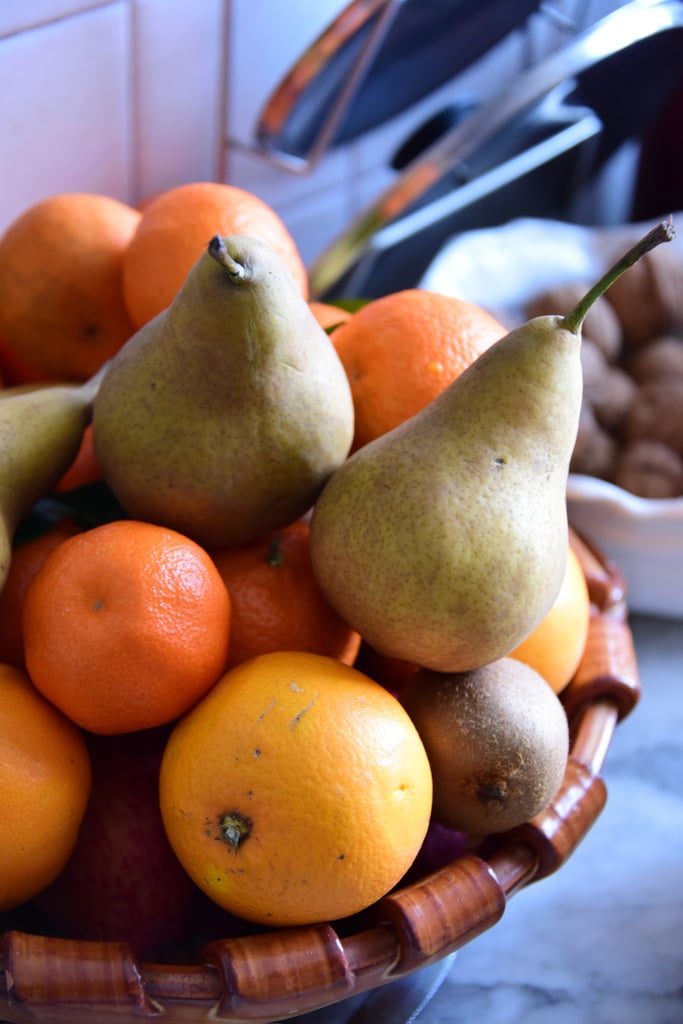
While fresh fruit is packed with nutrients and fibre, it still contains natural sugar and it's easy to overeat. So for maximum weight loss, Dr. McDougall recommends no more than two servings of fruit a day. This include fresh and frozen fruit that you can eat raw for a snack, added to your salad, or cooked in oatmeal.
Avoid Dried Fruit
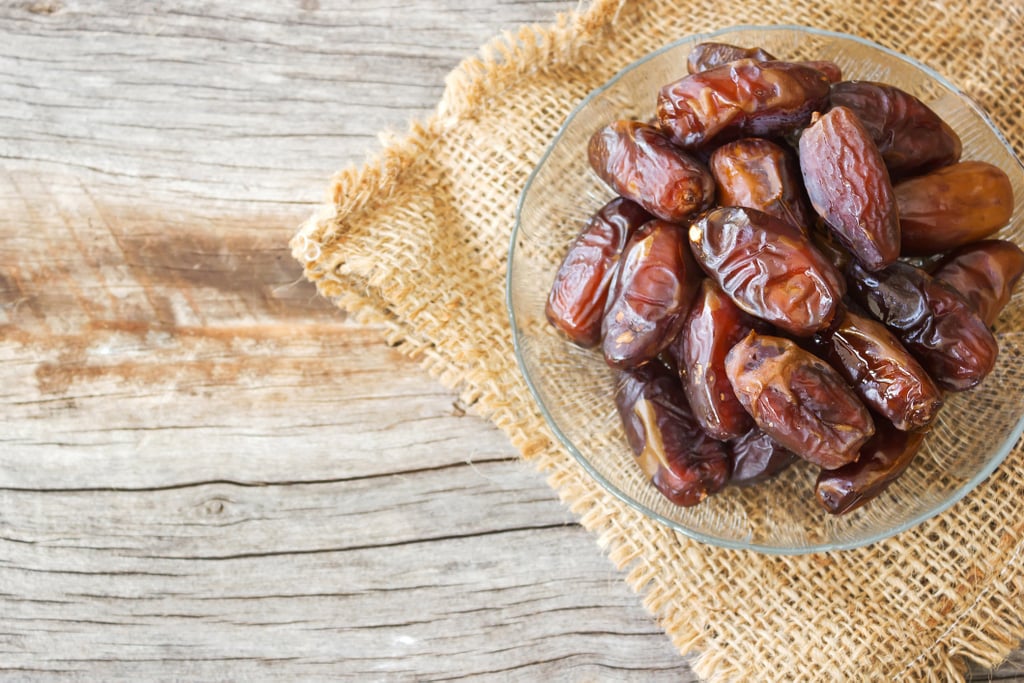
Dried fruit is another calorie-dense food that Dr. McDoughall recommends avoiding for maximum weight loss. It's void of water, so it's much less filling than if you ate the whole fruit instead. You can eat one and one-third cups of fresh grapes or one-quarter cup raisins [8] for 130 calories — which would keep you fuller longer?
This is why Dr. McDougall recommends avoiding dried fruit such as raisins, dates (yes, including homemade date nut bars), dried cranberries (which, by the way, usually contain added sugar), dried apricots and mango, and apple rings.
Avoid Fruit and Vegetable Juices
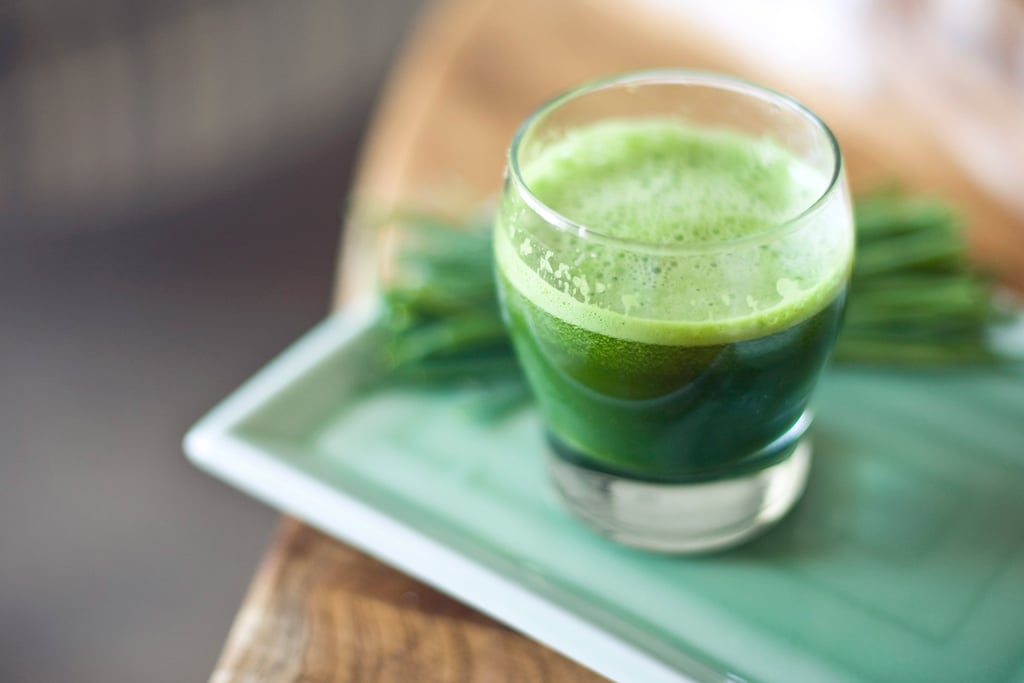
Dr. McDougall suggests not drinking your calories. While fresh juices made from fruits and vegetables are packed with nutrients, they lack the fibre that will keep you full. Gulping down a 12-ounce juice made from kale and apples won't keep you as full for as long as eating a big kale salad with an apple.
Avoid All Sweeteners
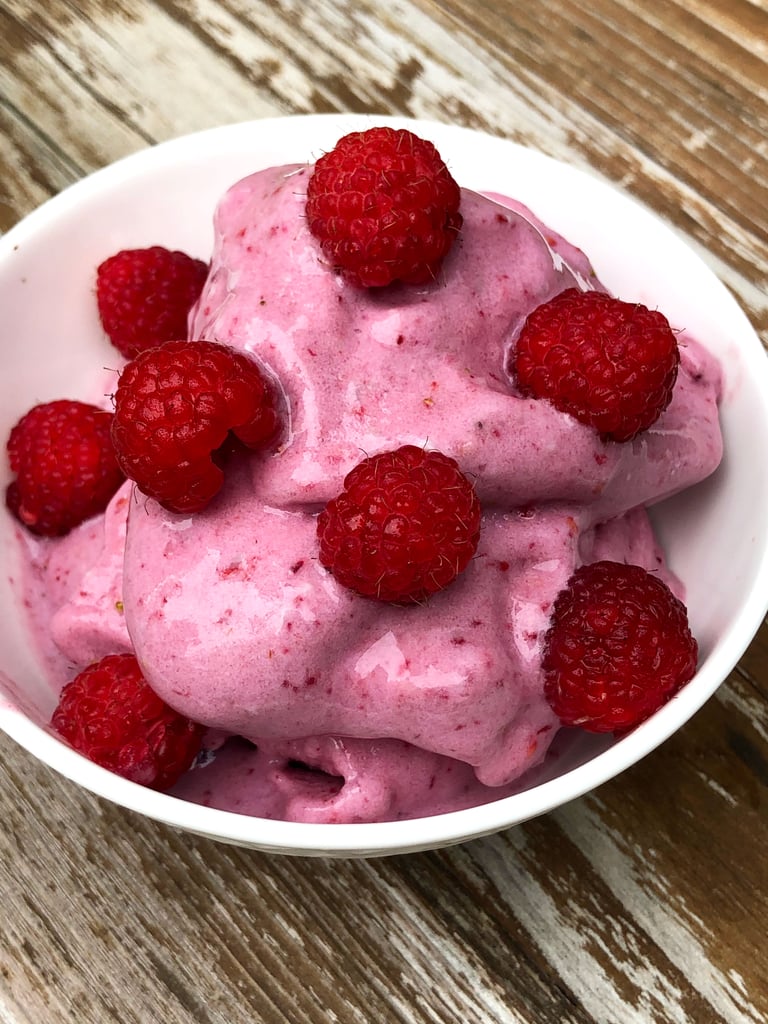
While the Starch Solution allows for a small amount of sweeteners like maple syrup, agave, molasses, coconut sugar, and even white sugar, if you want maximum results, avoid these altogether. Add fresh fruit to your oatmeal or make vegan ice cream using frozen fruit [9]. Be on the lookout for sauces and dressings that contain added sugar.
Eat a Simple Meal Plan
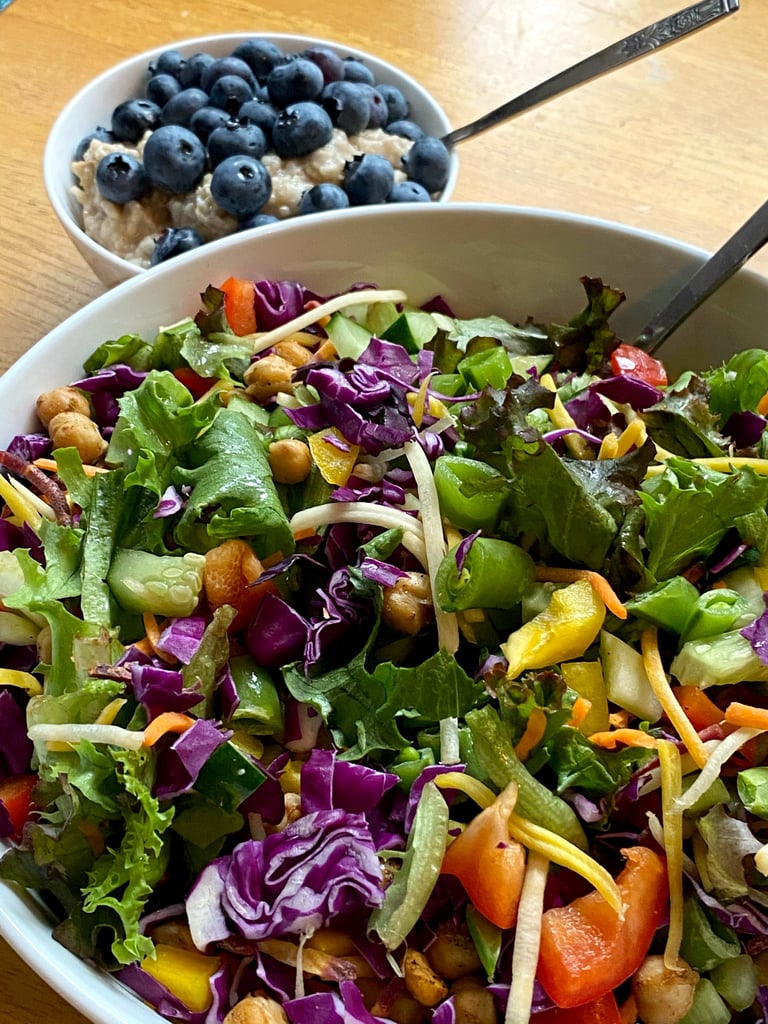
Don't overcomplicate things! Dr. McDougall says in his book that eating a greater variety of foods or whipping up complicated recipes can make you feel so overwhelmed that you want to give up. Pick a few basic meals like no-oil air fried potatoes and salad, or beans and rice with steamed kale, or sweet potato and broccoli. Since I often eat my first meal at noon, sometimes I like to combine lunch and breakfast foods and eat a big salad with a bowl of oatmeal.
Be Prepared
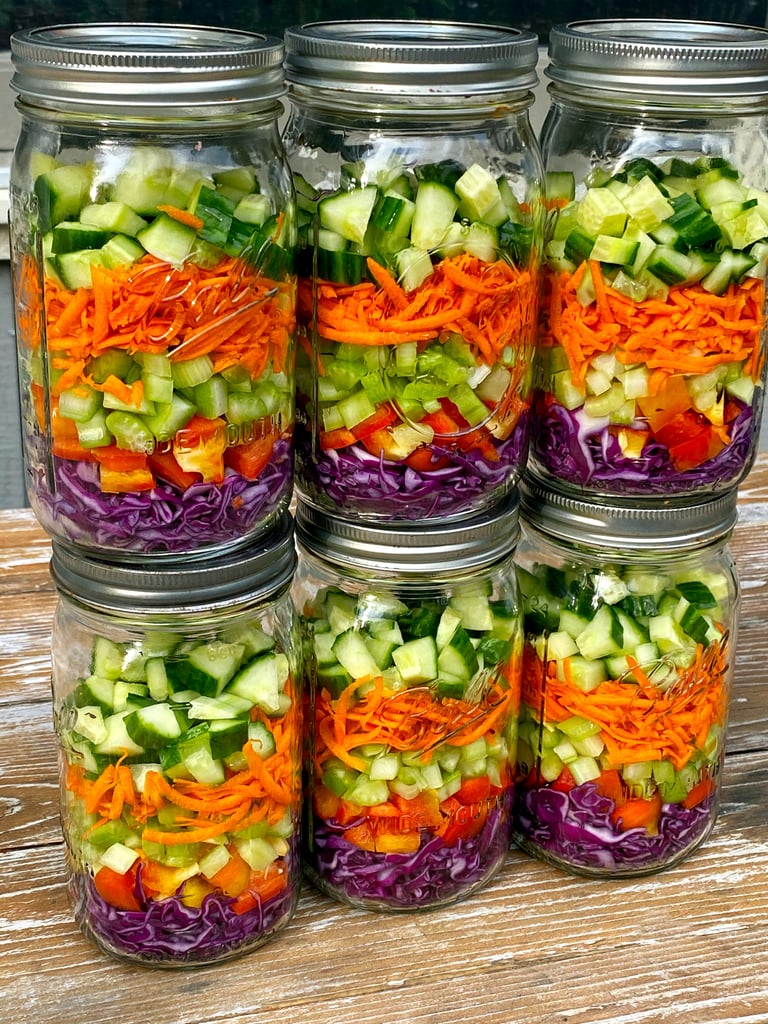
If you want to be successful on the Starch Solution, having foods ready to eat is key. I always have salads meal prepped so I can eat one as a meal each day. I also like to make big batches of whole grains like rice or quinoa, steel cut oatmeal [10] or a week of overnight oats (minus the chia seeds). I also like to keep baked sweet potatoes to add to my salads, or have cut up veggies in the fridge on hand for roasting or steaming. It can take a couple hours to meal prep, but it's worth it!
I also love making a big pot of soup in my pressure cooker and freezing individual portions. If you look in my freezer, you'll also see those small bags of frozen broccoli and cauliflower — these are ready in four minutes in the microwave, so they're great in a pinch! Canned beans are also great to have on hand when I haven't cooked up dry beans.
If whole grains, potatoes, beans, and veggies are ready for you to eat, you'll be more likely to eat them!
Don't Go Hungry
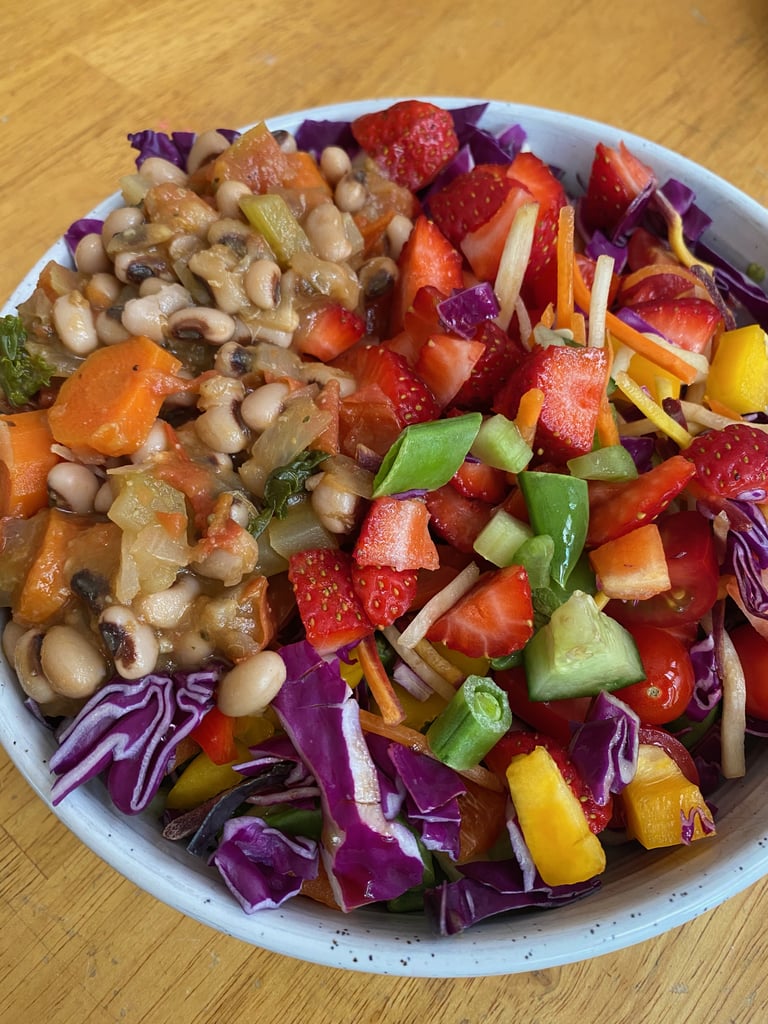
This is probably the most important tip! The Starch Solution is based on the fact that starches are one of the most satisfying foods available, so make sure you're eating enough of them and eating enough in general. Eat as often as you like and eat until you are comfortable satisfied, not overly stuffed.
Dr. McDougall also adds that "enjoyment and satisfaction are the keys to successful diet change and weight loss." This way of eating should be sustainable and satiating, so if following these tips leaves you hungry or feeling so deprived that you binge, make sure you're eating enough starches (potatoes, beans, and whole grains).
It will take a little trial and error to figure out what foods and meals work for you. And if you're coming straight from a Standard American Diet (SAD), there will be an adjustment period as your body gets use not eating animal products, processed foods, lots of sugar, and oil. Hang in there!
Be patient and kind to yourself and if you stray from the plan for one meal, just hop back on for the next meal. This is a journey to a healthier you, so think about every meal being an opportunity to nourish yourself.